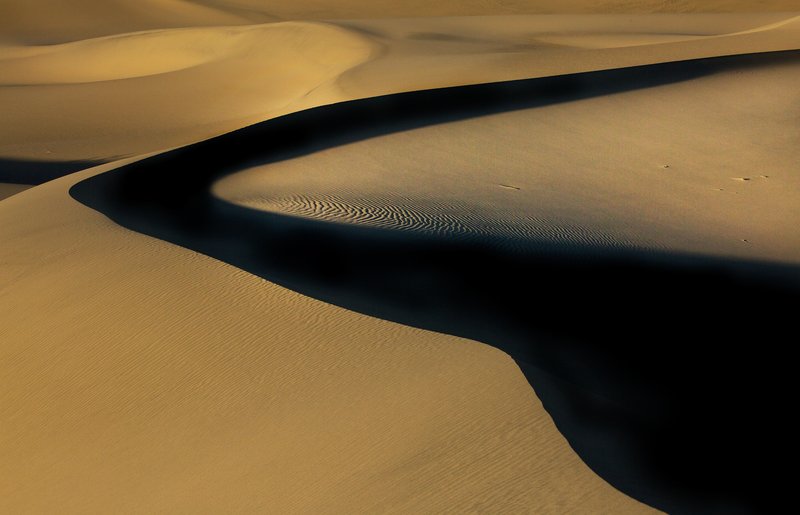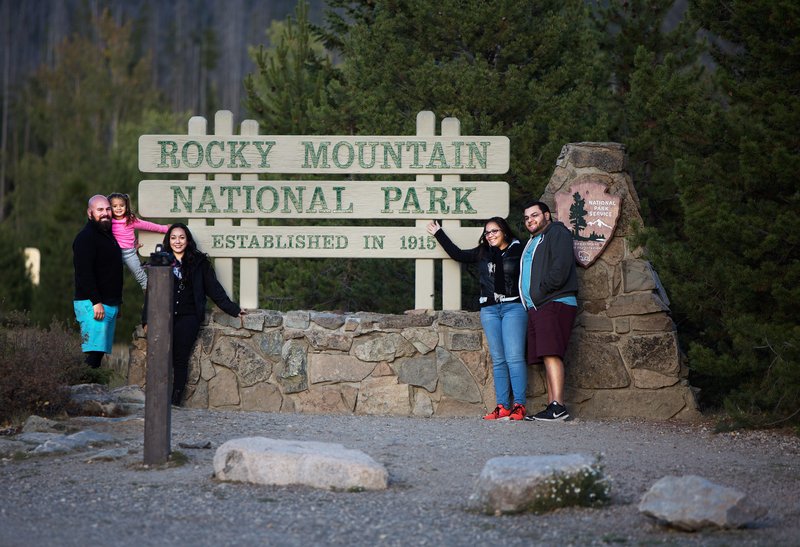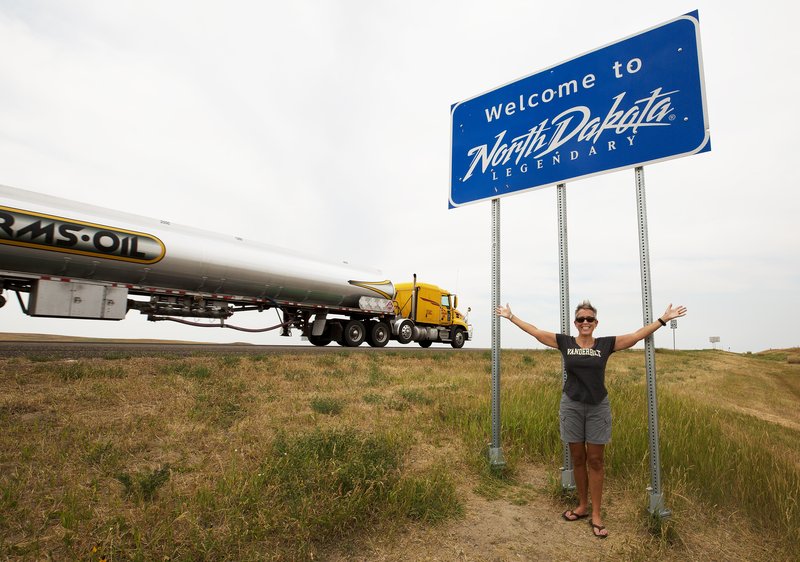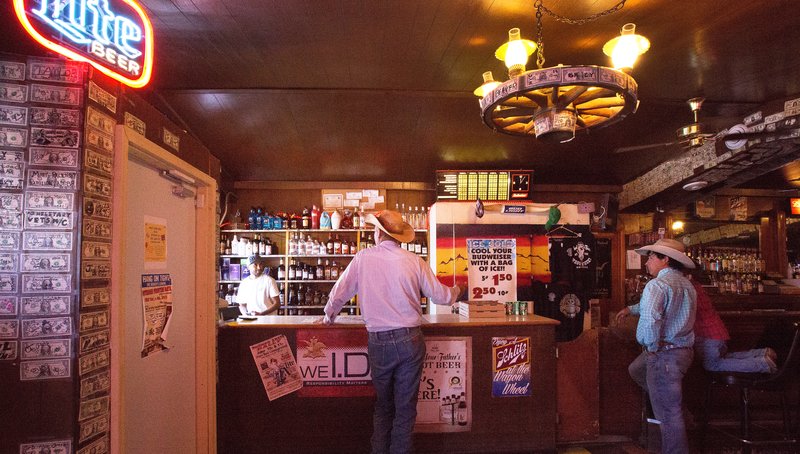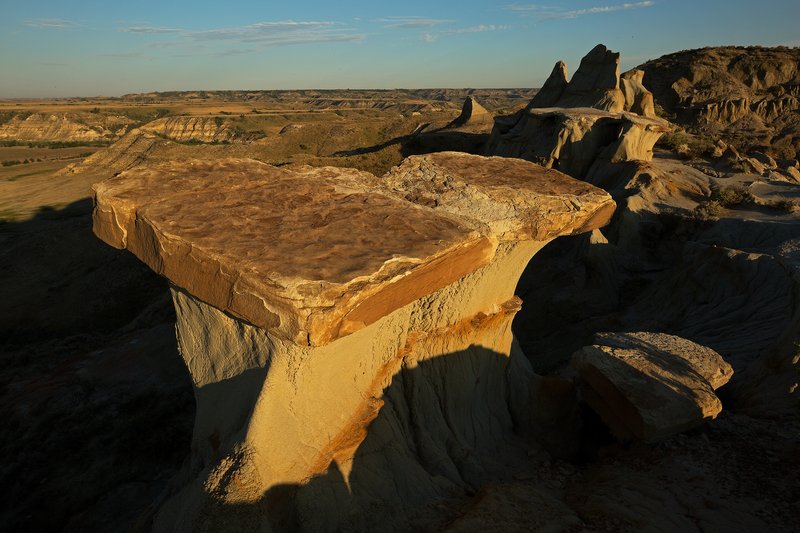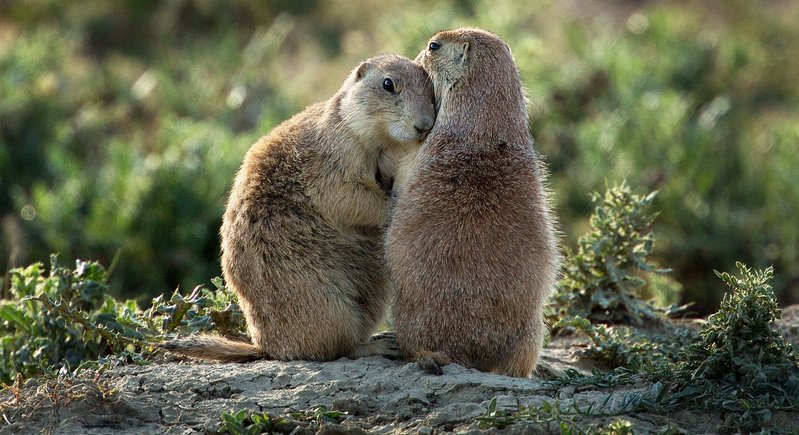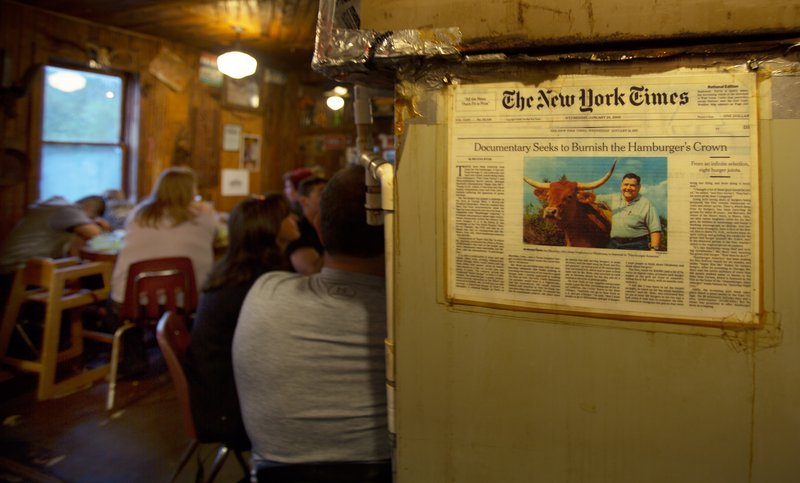Greater Prairie Chicken, Valentine NWR, NE
The Valentine National Wildlife Refuge encompasses the largest remaining mid- and tall grass prairie tracts in North America. It was established in 1935 and is managed by the U.S. Fish and Wildlife Service. Along with Fort Niobrara and the John and Louise Seier National Wildlife Refuges, they form the Fort Niobrara National Wildlife Refuge Complex.
The tall grass prairies of the Central Plains states have been disappearing since the Homestead Act was implemented in 1862. In total, 270 million acres, more than 10 percent of the terrestrial land in the United States, was claimed, settled, plowed or grazed.
By the 1930s, The Greater Prairie Chicken had been hunted to near extinction. Due to habitat loss and fragmentation, they can only be found today on small parcels of managed prairie land. Their current population is thought to be less than half a million. In May 2000, they were listed as extirpated in Canada.
The refuge has two blinds, positioned annually within close proximity to booming grounds for the Greater Prairie Chicken and the Sharp-tailed Grouse. A booming ground, or lek, is an area where these species perform their nuptial displays accompanied by species specific booming and drumming sounds produced by the movement of air through their wings.
It is usually about a half a mile hike from the designated parking area to each blind and you have to be in the blind an hour before sunrise. You’ll hear the birds long before you’ll be able to see or photograph them. You then have to stay in the blinds until the birds leave the lek, which tends to be about 9 a.m. Reservations are required for the blinds, but there is no cost. They each have three metal folding chairs that should be replaced by smaller fabric collapsible folding stools to save space, to say nothing of the experience of sitting on metal chairs in freezing weather.
Places That I Love
For the vast majority of my career, my own photography was an afterthought. Very soon after I started working professionally as a photojournalist, I became a full-time academic and for more than 40 years, my students came first. We traveled the world together, but my role was that of an editor and mentor, not a photographer. Rarely would I have time for my own work. Of course, that was of my choosing and it was a gift, not a burden.
Toward the end of my career, my teaching and advising focus shifted from undergraduate to graduate students, who were allowed to travel without a faculty escort. This allowed me time for some personal projects and assignments, and time to travel with family and friends, something I still do today.
This gallery has no thematic or geographic parameters, it’s just a grouping of photographs from places that I love, places that evoke special memories or moments that I enjoyed experiencing.
